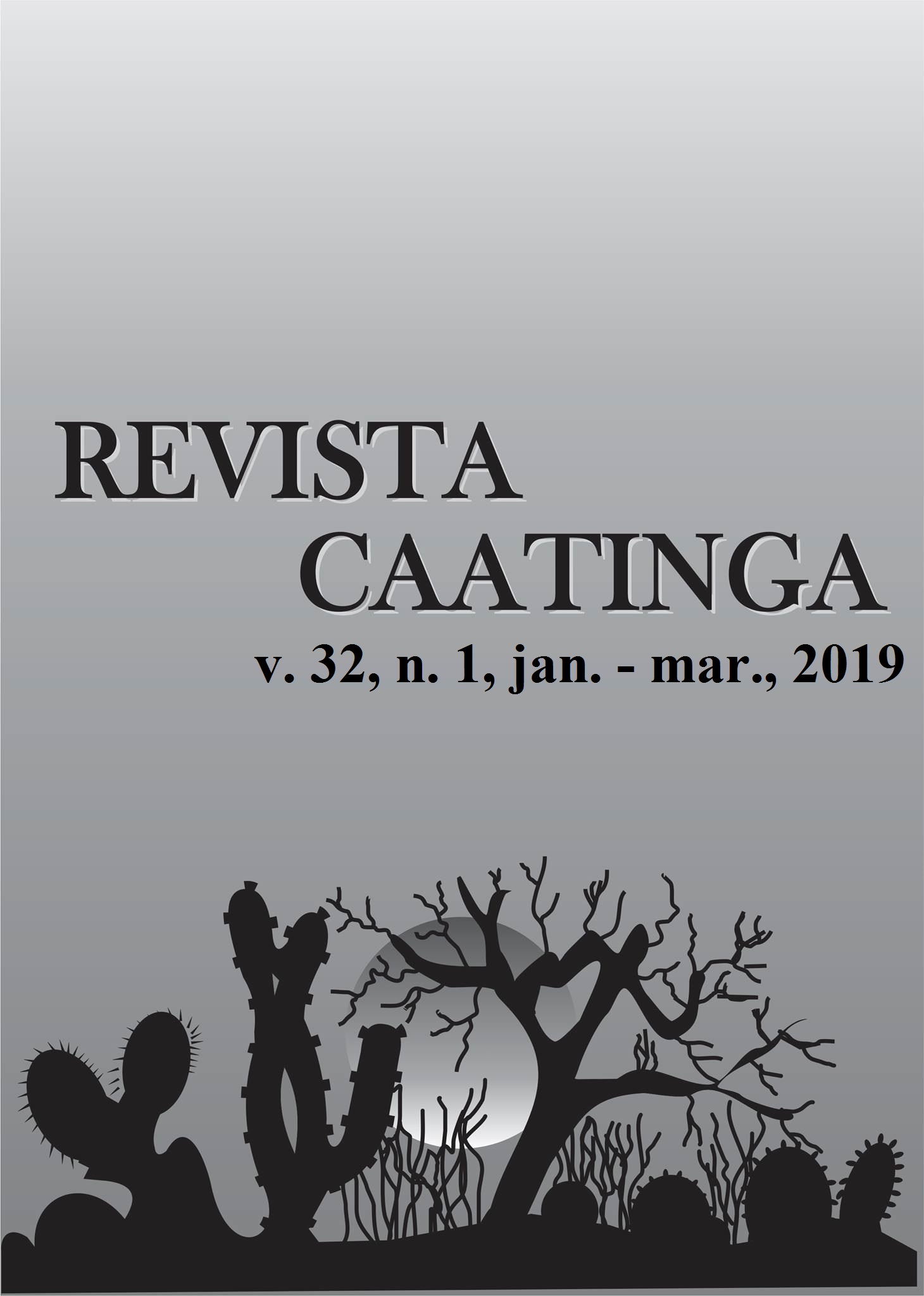YIELD AND QUALITY OF STRAWBERRY FRUITS FERTILIZED WITH BOVINE BIOFERTILIZER
DOI:
https://doi.org/10.1590/1983-21252019v32n103rcKeywords:
Fragaria x ananassa duch. Organic Input. Postharvest.Abstract
The objective of this study was to evaluate the effect of different doses of bovine biofertilizer on yield and post harvest of the strawberry crop in different growing environments. The experiment was carried out in two cycles of production, in Fortaleza, Ceará. The experimental design was in randomized blocks, arranged in subdivided plots, where the plots were of three cultivated environments (A1 = protected environment with screens, cold-water spraying, and white floor; A2 = environment with full sun, cold-water spraying, and white floor; A3 = environment with full sun, no cold-water spraying, and grey floor). The subplots consisted of five doses of biofertilizer (D1 = 0,0, D2 = 500, D3 = 750, D4 = 1000 and D5 = 1250 mL plant-1 week -1), with five replications. In the two-year period, the dose was higher in the protected environment of the weed type, with nebulization and on the white floor, at the dose of 500 mL week-1 plant-1 in the first cycle and 325 mL week-1 plant-1 in the second cycle. The dose of bovine biofertilizer of 1250 mL week-1 plant-1 promotes a longer duration and duration of the first cycle. During the second cycle, as the bovine biofertilizer doses of 585 and 620 provide higher and lower output than the protected environment. The environment without nebulization and on the floor without painting, the best soluble practices (° Brix) in relation to the protected environment of the type screened and a full sun with nebulization.
Downloads
Downloads
Published
Issue
Section
License
Os Autores que publicam na Revista Caatinga concordam com os seguintes termos:
a) Os Autores mantêm os direitos autorais e concedem à revista o direito de primeira publicação, com o trabalho simultaneamente licenciado sob a Licença Creative Commons do tipo atribuição CC-BY, para todo o conteúdo do periódico, exceto onde estiver identificado, que permite o compartilhamento do trabalho com reconhecimento da autoria e publicação inicial nesta revista, sem fins comerciais.
b) Os Autores têm autorização para distribuição não-exclusiva da versão do trabalho publicada nesta revista (ex.: publicar em repositório institucional ou como capítulo de livro), com reconhecimento de autoria e publicação inicial nesta revista.
c) Os Autores têm permissão e são estimulados a publicar e distribuir seu trabalho online (ex.: em repositórios institucionais ou na sua página pessoal) a qualquer ponto antes ou durante o processo editorial, já que isso pode gerar alterações produtivas, bem como aumentar o impacto e a citação do trabalho publicado (Veja O Efeito do Acesso Livre).







